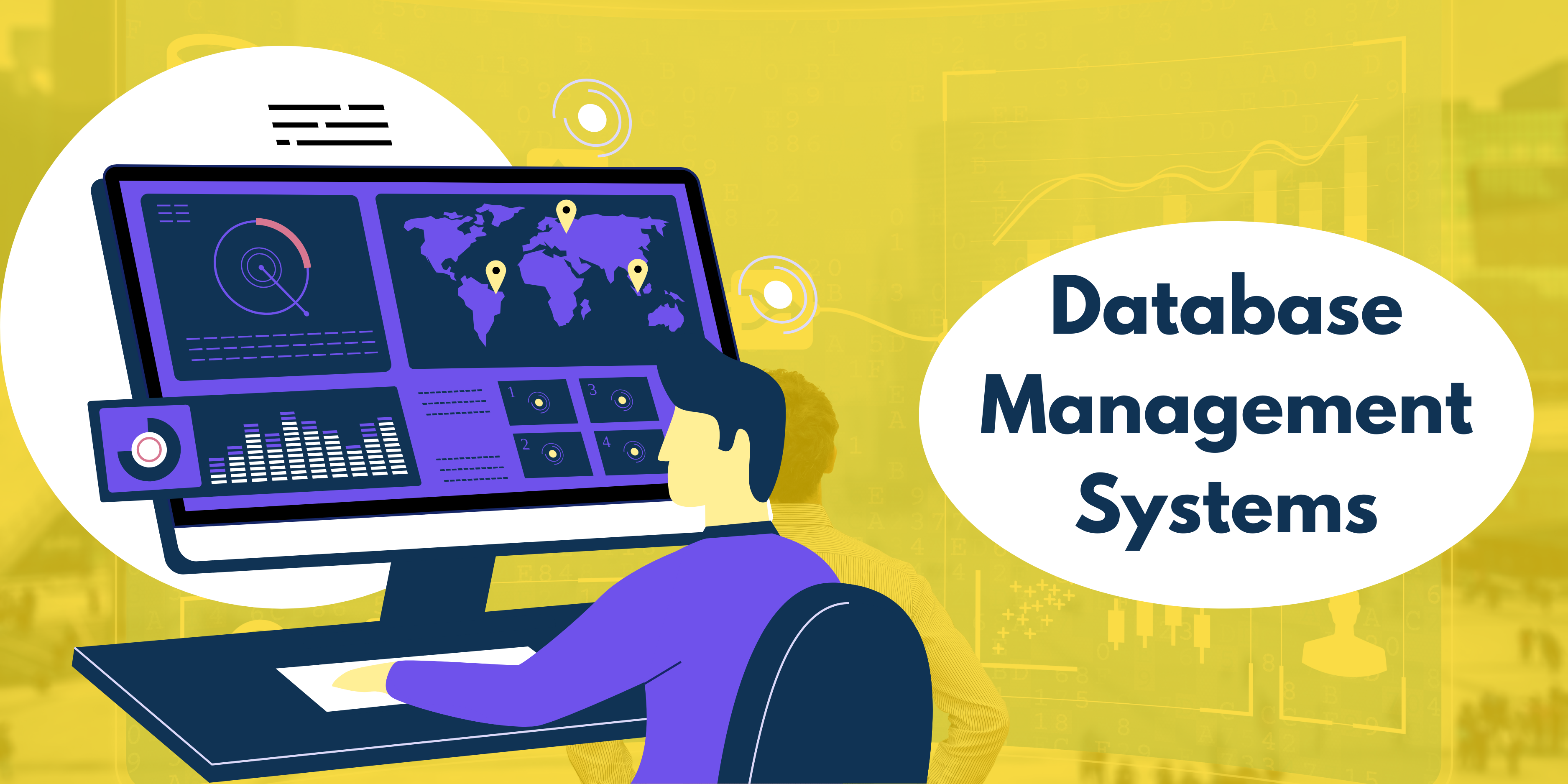Academic
Database Management Systems

Definition and Importance of DBMS
A Database Management System (DBMS) is a sophisticated collection of programs that enables users to efficiently create, manage, and maintain databases. It offers an interface for the systematic organization and retrieval of data, ensuring seamless integration and management for diverse applications.
Key Features of DBMS
- Data Abstraction and Independence: Simplifies user interaction with the database.
- Efficient Data Retrieval: Ensures quick and accurate access to stored data.
- Enhanced Security and Integrity: Protects sensitive data with robust security measures.
Importance in Modern Applications
- Centralized Data Management: Streamlines operations across sectors like education and banking.
- Data Analytics for Better Decisions: Supports businesses in making informed decisions.
- Concurrent Multi-User Access: Facilitates seamless collaboration for multiple users.
Whether it's for online assignment help or managing student records, DBMS plays a pivotal role in modern data-driven industries.
DBMS Architecture
DBMS architecture is structured into three main levels to ensure efficient data handling:
- Physical Level: Describes the actual storage of data.
- Logical Level: Focuses on the organization and relationships of data.
- View Level: Provides user-specific views of the data.
For those seeking academic assistance for university students, understanding this architecture can simplify data management in coursework.
Types of Database Models
1. Hierarchical Model
- Structure: Data organized in a tree-like hierarchy.
- Example: IBM Information Management System (IMS).
2. Relational Model
- Structure: Data stored in tables with rows and columns.
- Example: MySQL, PostgreSQL.
3. Network Model
- Structure: Records connected via links.
- Example: Integrated Data Store (IDS).
4. Object-Oriented Model
- Structure: Incorporates object-oriented programming principles.
- Example: db4o, ObjectDB.
If you’re exploring advanced DBMS concepts for your assignments, you can contact us for the best online assignment writing services.
Advantages of DBMS
- Data Redundancy Reduction: Centralized storage eliminates duplication.
- Enhanced Security: Implements access controls and encryption.
- Data Consistency: Maintains accuracy across platforms.
- Scalability: Supports large-scale applications effortlessly.
- Backup and Recovery: Ensures data safety during system failures.
These features make DBMS a go-to solution for academic institutions and businesses looking for affordable academic support services.
Challenges in Implementing DBMS
- High initial setup and licensing costs.
- Complex maintenance, requiring professional expertise.
- Potential security vulnerabilities if improperly configured.
- Performance issues due to poorly designed databases.
University assignment help often includes guidance on these challenges for students tackling database projects.
Real-World Applications of DBMS
1. Banking Systems
- Secures transactions and customer data.
2. Healthcare
- Integrates diagnostic systems and manages patient records.
3. E-commerce
- Streamlines inventory and personalized recommendations.
4. Education
- Efficiently handles student records and online exams.
For comprehensive help on integrating DBMS into your assignments, opt for pocket-friendly assignment writing help services from Digiink Assignments.
Emerging Trends in DBMS
- Cloud-Based Databases: Enable scalability and remote data access.
- NoSQL Databases: Efficiently handle unstructured data (e.g., MongoDB).
- AI-Powered DBMS: Enhance query optimization and analytics.
- Blockchain Databases: Offer decentralized and tamper-proof storage.
We Provide Help on Various Marketing Assignment Topics Like
4Ps Marketing
Routing and Switching
Strategic Management
Database Normalization
Consumer Behavior
Data Structures (Trees and Graphs)
Digital Marketing
Natural Language Processing (NLP)
Marketing Supply Chain
HTML Coding Solutions
ANSOFF Matrix
AI Ethics
